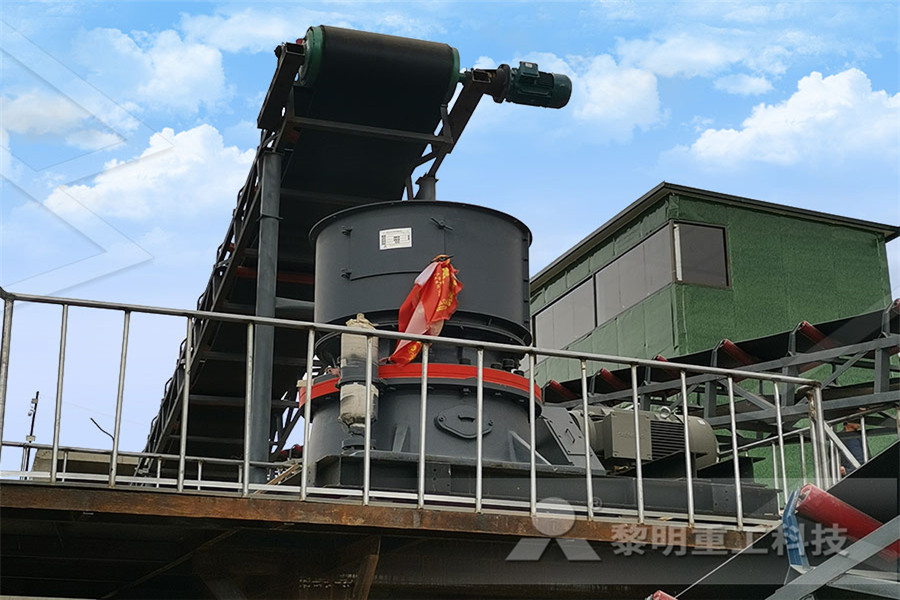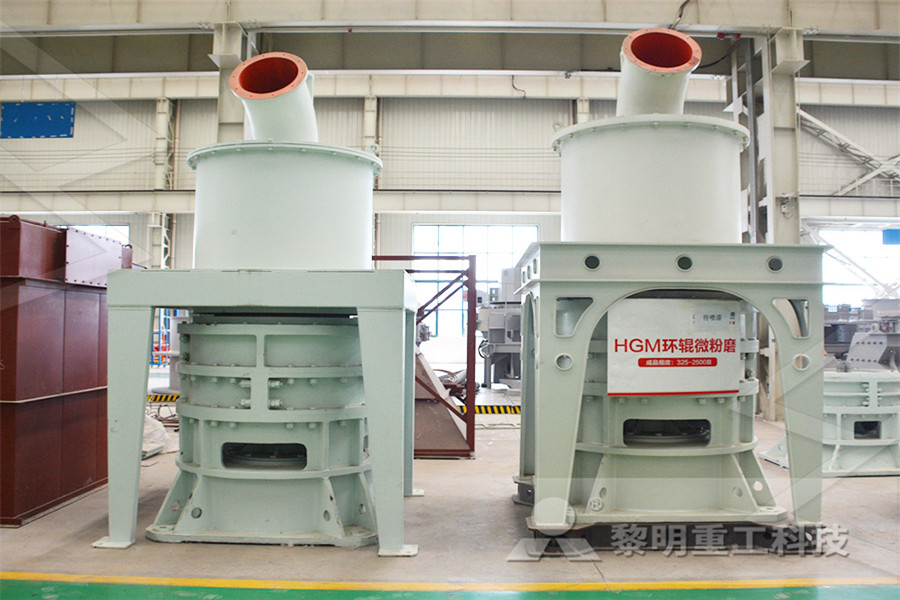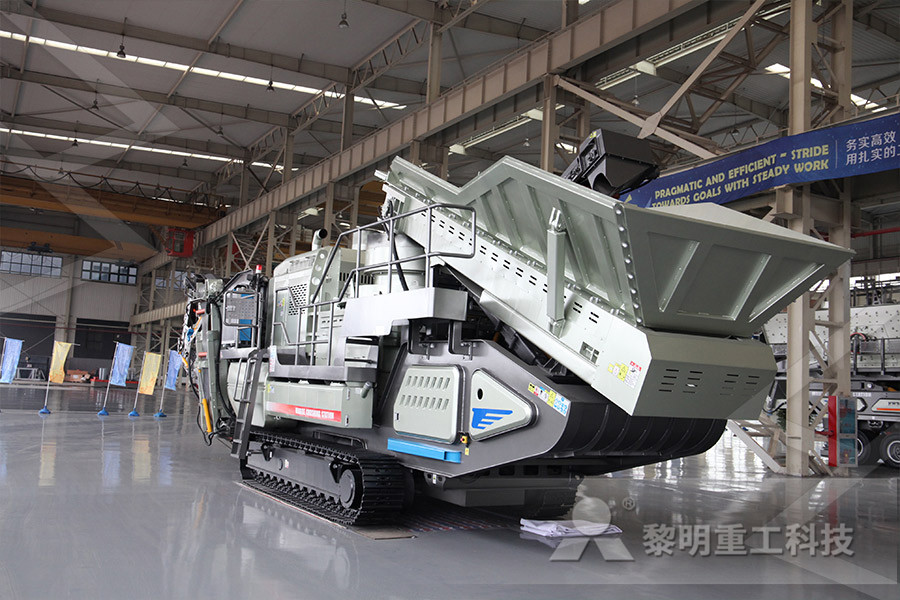Grinding Clinker And Limestone Together
2022-11-02T04:11:40+00:00
PortlandLimestone Cement
Cement is made by grinding clinker—the main energy intensive ingredient—to a fine powder Producers know that replacing some of the clinker in portland cement with ground limestone offers benefits, the most important being that it reduces the embodied CO2 of the cementEarlier we considered a mixture of which materials is used in cement production The base of this mixture is a clinker In this article, we will consider the composition of clinker and its impact on grinding balls deterioration in milling process Clinker (in cement industry) is transitional product in cement production Upon heating mixture obtained from limestone (about 75%) and clay CLINKER GRINDING IN CEMENT PRODUCTIONFeb 02, 2021 Finished by intergrinding cement clinker, fly ash, limestone and gypsum, the material outperforms traditional CSA Groupgrade HS powder in resisting sulphate attack—common in the Prairie Provinces—and carries a CSA designation of HSLb (High Sulphate Limestone blend)Lehigh Cement grinds clinker, limestone and ash to High This clinker is then ground in the ball mill together with gypsum and other additives to reduce cement The main energyintensive phase of the cement production process is the precalciner, kiln, and during the production of clinker A large amount of thermal energy is required to create enough heat for the cement kiln and precalcinerClinkerization an overview ScienceDirect TopicsStudies have shown that intergrinding clinker with different proportion of limestone resulted in improved grinding behavior of clinker resulting in saving of grinding time and decrease in fuel and electric consumption costTHE USE OF LIMESTONE POWDER AS AN ALTERNATIVE

Cement Industry Standard Practice to Add a Percentage of
Clinker manufactured from limestone after heat treatment is in the form of hard rocks, typically 2” in size Grinding clinker uses more energy as compared to softer materials such as the additive limestone, which is not heat treated Greenhouse gas (GHG) emissions are reduced by the amount of clinker no longer requiredDec 08, 2014 re Clinker grinding with limestone Hello Shastri, 100oC seems a bit low Normally you should try to keep the mill outlet temperature at between 110 and 115oC Have you tested the water content of the cement blocking the diaphragm? If you use water sprays they may not be atomising correctly, causing localised buildup of moist cementClinker grinding with limestone Page 1 of 1Cement is made by grinding clinker—the main energy intensive ingredient—to a fine powder Producers know that replacing some of the clinker in portland cement with ground limestone offers benefits, the most important being that it reduces the embodied CO2 of the cementPortlandLimestone CementEarlier we considered a mixture of which materials is used in cement production The base of this mixture is a clinker In this article, we will consider the composition of clinker and its impact on grinding balls deterioration in milling process Clinker (in cement industry) is transitional product in cement production Upon heating mixture obtained from limestone (about 75%) and clay (about CLINKER GRINDING IN CEMENT PRODUCTIONGrinding of cement clinker together with additives to control the properties of the cement is done in ball mills, roller mills, or roller presses Coarse material is separated in a classifier to be returned for additional grinding Power consumption for grinding depends strongly on the fineness required for the final product and the use of Clinkerization an overview ScienceDirect Topics

THE USE OF LIMESTONE POWDER AS AN ALTERNATIVE
Studies have shown that intergrinding clinker with different proportion of limestone resulted in improved grinding behavior of clinker resulting in saving of grinding time and decrease in fuel and electric consumption cost Thus the European cement industries allowed using mineral addition to economize the production of cement under thegrinding clinker and limestone together in a roller “ The AirSwept Ring Roller Mill for Clinker Grinding” Proc1997 IEEE/PCA Cement Get Price Evaluation of chemical, mineralogical and clinker burnability The raw materials required for cement production are limestonegrinding limestone swept ar 26, 2015 The added limestone in the US is modern portland cement and consists of ground clinker, a source of readily soluble sulfates and functional additives The change is that the specification adds up to 5% limestone The biggest difference in production is that the limestone is added to the clinker blend before grindingUnderstanding Limestone in Cement Concrete Construction limestone, burnt clay, etc Replacing part of the clinker causes not only a reduction in the are ground together In that way the cement is homogenized during the grinding, and at the concrete plant only one silo is needed Because of interactions between the different cement The clinker grinding is responsible for around 40% of the SINTEF REPORTIn the intergrinding mode with Clinker +Slag + Gypsum ground together , the clinker (with Gypsum) gets preferentially ground leaving slag relatively coarser , proper optimization of the distribution of slag in desired size fractions of Cement with or without cement additives could help achieve a clinker factor of around 35 to 40 % Achieving the "Lowest Clinker Factor" First Construction

The Advantages of PortlandLimestone Cement Concrete
Aug 12, 2014 The limestone is more easily ground than the clinker, which is harder, and becomes concentrated in the finest particles Overall fineness must be higher (for equivalent performance) for fineness of the clinker fraction to be similar to OPC This means the production rate is slowed and some additional grinding energy is requiredIn the manufacture of Portland cement, clinker occurs as lumps or nodules, usually 3 mm to 25 mm in diameter, produced by sintering (fusing together without melting to the point of liquefaction) limestone and aluminosilicate materials such as clay during the cement kiln stageClinker (cement) HyperleapFeb 02, 2021 Lehigh Hanson is extending its recently launched, carbonwise EcoCem portland limestone cement series with EcoCem PLUS, milled at the Edmonton plant and debuting in Alberta, Saskatchewan and Manitoba Finished by intergrinding cement clinker, fly ash, limestone and gypsum, the material outperforms Lehigh Cement grinds clinker, limestone and ash to High Blended Cement Blended cements are produced by intergrinding Portland cement clinker (Clinker is the main product of Portland cement manufacture and is generated by heating raw materials (limestone, iron ore, and aluminosilicates such as clay) together at temperatures of about 1400–1500°C) with supplementary cementitious materials (s) or by blending Portland cement with s such as Blended Cement an overview ScienceDirect TopicsFeb 02, 2021 EcoCem®PLUS is produced by intergrinding clinker, fly ash, limestone and gypsumLehigh Cement Develops EcoCem®PLUS, a Sustainable Blended

Clinker grinding with limestone Page 1 of 1
Dec 08, 2014 re Clinker grinding with limestone Hello Shastri, 100oC seems a bit low Normally you should try to keep the mill outlet temperature at between 110 and 115oC Have you tested the water content of the cement blocking the diaphragm? If you use water sprays they may not be atomising correctly, causing localised buildup of moist cementCement is made by grinding clinker—the main energy intensive ingredient—to a fine powder Producers know that replacing some of the clinker in portland cement with ground limestone offers benefits, the most important being that it reduces the embodied CO2 of the cementPortlandLimestone CementEarlier we considered a mixture of which materials is used in cement production The base of this mixture is a clinker In this article, we will consider the composition of clinker and its impact on grinding balls deterioration in milling process Clinker (in cement industry) is transitional product in cement production Upon heating mixture obtained from limestone (about 75%) and clay CLINKER GRINDING IN CEMENT PRODUCTIONStudies have shown that intergrinding clinker with different proportion of limestone resulted in improved grinding behavior of clinker resulting in saving of grinding time and decrease in fuel and electric consumption cost Thus the European cement industries allowed using mineral addition to economize the production of cement under theTHE USE OF LIMESTONE POWDER AS AN ALTERNATIVE Blended Cement Blended cements are produced by intergrinding Portland cement clinker (Clinker is the main product of Portland cement manufacture and is generated by heating raw materials (limestone, iron ore, and aluminosilicates such as clay) together at temperatures of about 1400–1500°C) with supplementary cementitious materials (s) or by blending Portland cement Blended Cement an overview ScienceDirect Topics

Clinker (cement) Hyperleap
In the manufacture of Portland cement, clinker occurs as lumps or nodules, usually 3 mm to 25 mm in diameter, produced by sintering (fusing together without melting to the point of liquefaction) limestone and aluminosilicate materials such as clay during the cement kiln stageMar 26, 2015 The added limestone in the US is modern portland cement and consists of ground clinker, a source of readily soluble sulfates and functional additives The change is that the specification adds up to 5% limestone The biggest difference in production is that the limestone is added to the clinker blend before grindingUnderstanding Limestone in Cement Concrete Construction In the intergrinding mode with Clinker +Slag + Gypsum ground together , the clinker (with Gypsum) gets preferentially ground leaving slag relatively coarser , proper optimization of the distribution of slag in desired size fractions of Cement with or without cement additives could help achieve a clinker factor of around 35 to 40 % Achieving the "Lowest Clinker Factor" First Construction limestone, burnt clay, etc Replacing part of the clinker causes not only a reduction in the are ground together In that way the cement is homogenized during the grinding, and at the concrete plant only one silo is needed Because of interactions between the different cement The clinker grinding is responsible for around 40% of the SINTEF REPORTAug 12, 2014 The limestone is more easily ground than the clinker, which is harder, and becomes concentrated in the finest particles Overall fineness must be higher (for equivalent performance) for fineness of the clinker fraction to be similar to OPC This means the production rate is slowed and some additional grinding energy is requiredThe Advantages of PortlandLimestone Cement Concrete

Lehigh Cement Develops EcoCem®PLUS, a Sustainable Blended
Feb 02, 2021 EcoCem®PLUS is produced by intergrinding clinker, fly ash, limestone and gypsumAs limestone is much easier to grind than clinker, the fine limestone particles enrich the PSD segment where clinker is less present 1, 4 Therefore the filler effect (dense particle packing), the faster precipitation of dissolved hydrates on the higher surface and further effects can improve the mechanical strength of PLC up to a limited Performance Enhancer for Portland Limestone Cement (PLC)The product is a blended Portland Limestone Cement (PLC) made using intergrinding clinker, fly ash, limestone and gypsum It is available in Alberta, Saskatchewan and Manitoba The subsidiary of Germanybased HeildebergCement says it provides strength and durability while reducing the carbon footprint of concreteLehigh Cement launches blended Portland Limestone Cement Tsl Make Clinker Grinder Roll With Shaft In Sipat Tsl Make Clinker Grinder Roll With Shaft In Sipat Working working principal of sand making machine crusherJaw crusher working principleJaw crusher working principleJaw type mobile crushing station is a kind of new rock crusher machine, mainly used in metallurgy, chemical industry, building materials, such as tsl make clinker grinder roll with shaft in sipat
- service manual cs ft ne crusher
- used jaw crusher for sale in tamilnadu
- Gold Revery Process From Stone Or Ore
- rare earth elements parts replacement
- mesin crusher bata merah
- products pendulum mill crusher crusher mills
- Tungsten Ore Quarry Machine For Sale
- high performance allis chalmers jaw crushers
- Models On Watermill To Grind Grains
- Mining Equipment High Efficiency Ce Froth Flotation Machine
- to adopt advanced technolog
- jet mini milling machine
- crushing and screening equipment dubai
- spherical cerami sand manufacturing process
- how to get soapstone processing machinery
- ncrete crushing machinegrinding
- Waste Stone Recycling Machines From China
- mechanism flotation cell rotating impeller
- aggregates manufacturing process in philippines
- mini cement plant in goa india india
- american made small animal feed pellet mill
- environmental impacts on dressing iron ore
- Stationary Ball Mill Machine Zirnium Oxide Size Reduction Retsc
- bearing vibrating epro monitor mms 6220 epro
- cantera pulverizador de fabricante en la mexi
- ball mill critical speed calculation
- C Spare Parts Vibrating Feeder Jaw Crusher
- tire mining mill multitek wc 500 sale
- where to purchase balls for ball crusher
- High Efficiemcy Sand Washer
- attritor ball information
- Cresher For Sale Pakistan
- animasi bergerak untuk crusher
- china henan great performance mobile jaw crusher plant for sale
- how to measure the output of jaw crusher theoratical
- Hammer Grinding Mill Philippine Prices
- Dingli Patented Nap Function Small Impact Mining Mill
- Love And Small Crush
- li ne crushing transmission
- world's biggest pper mining mpany

Stationary Crushers

Grinding Mill

VSI Crushers

Mobile Crushers








































